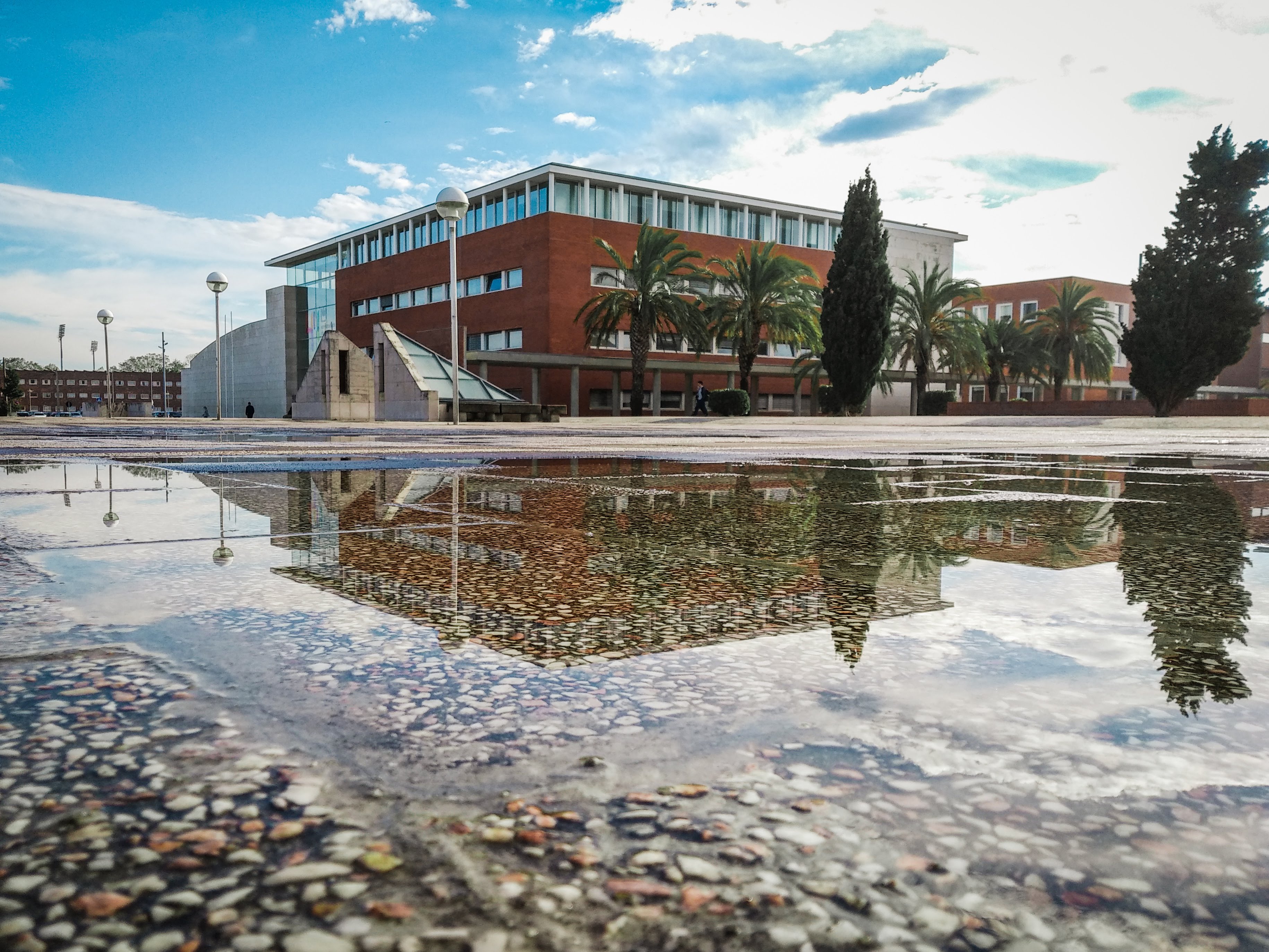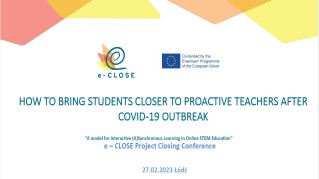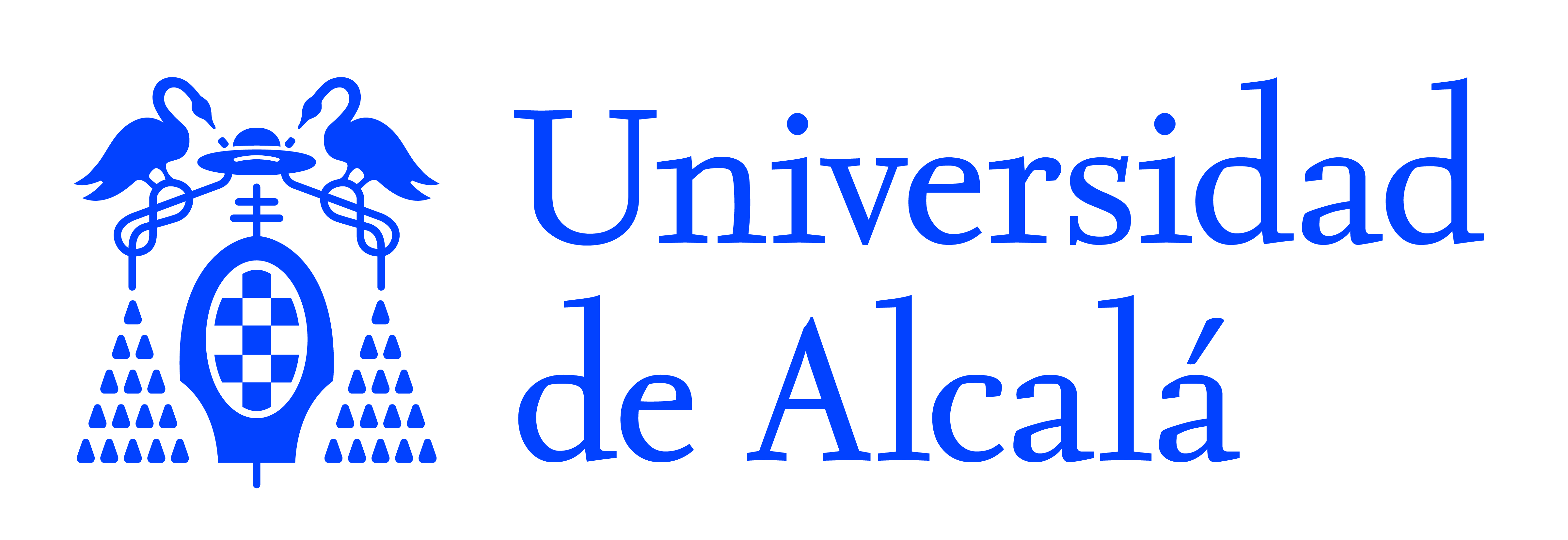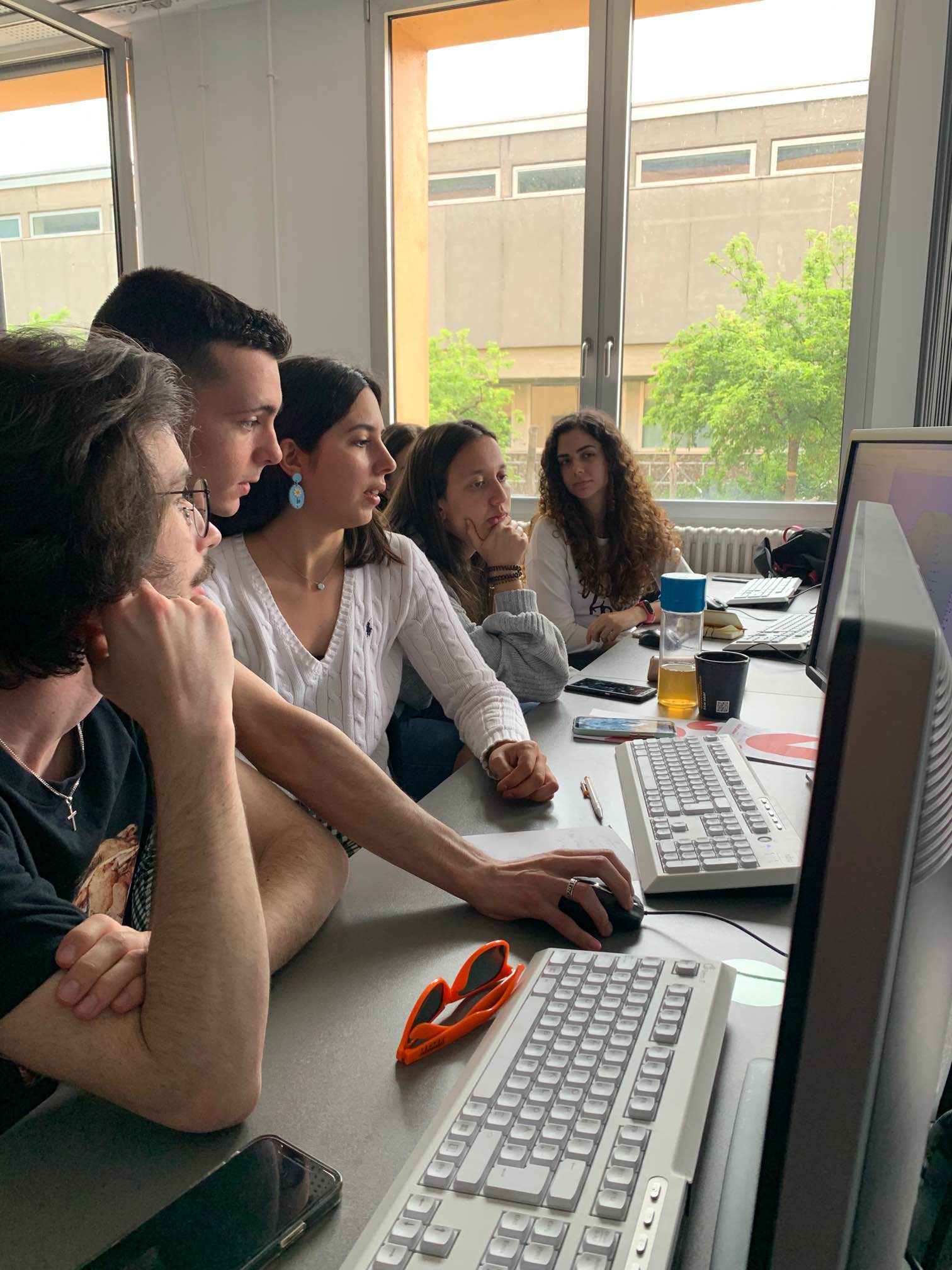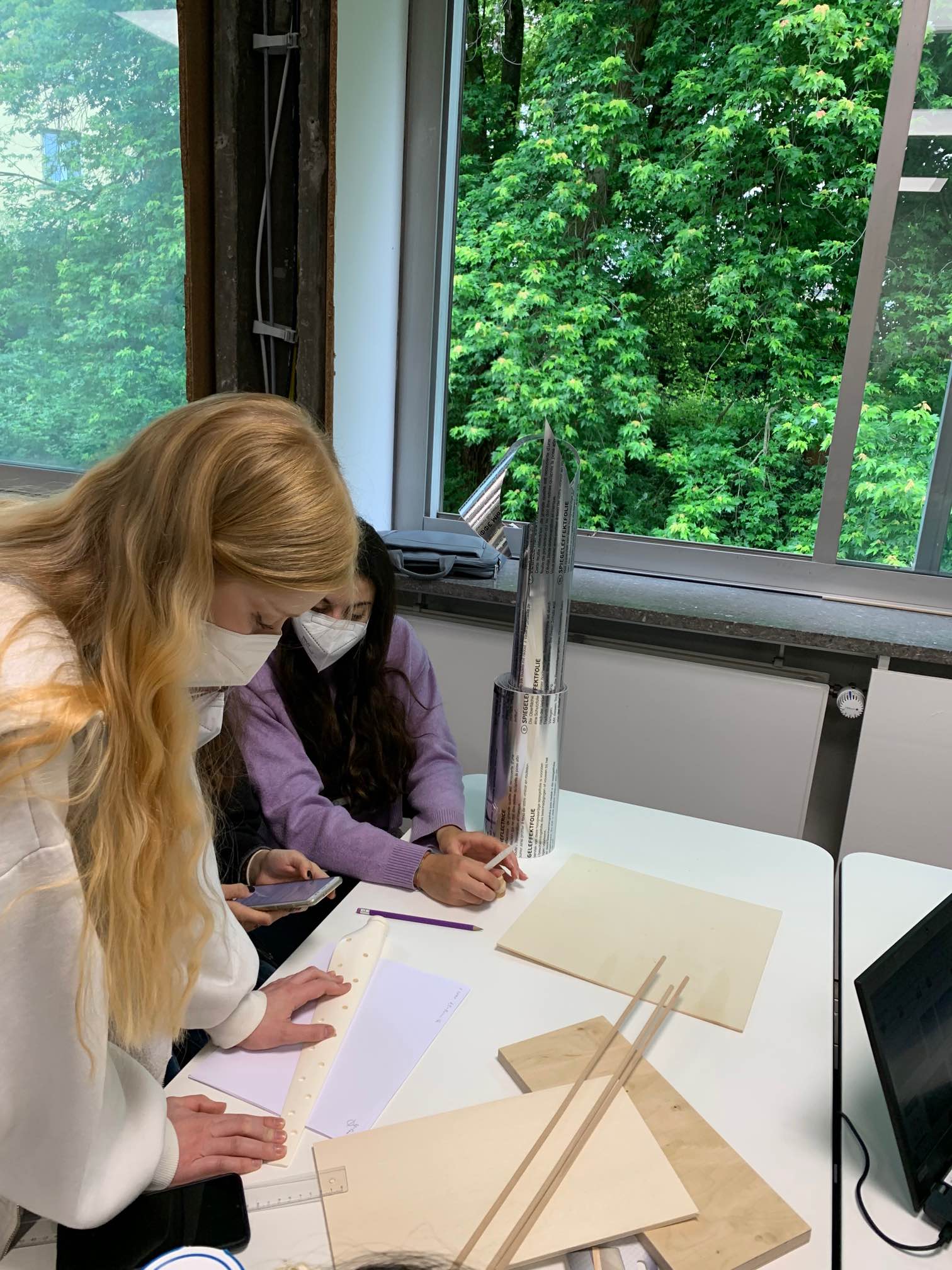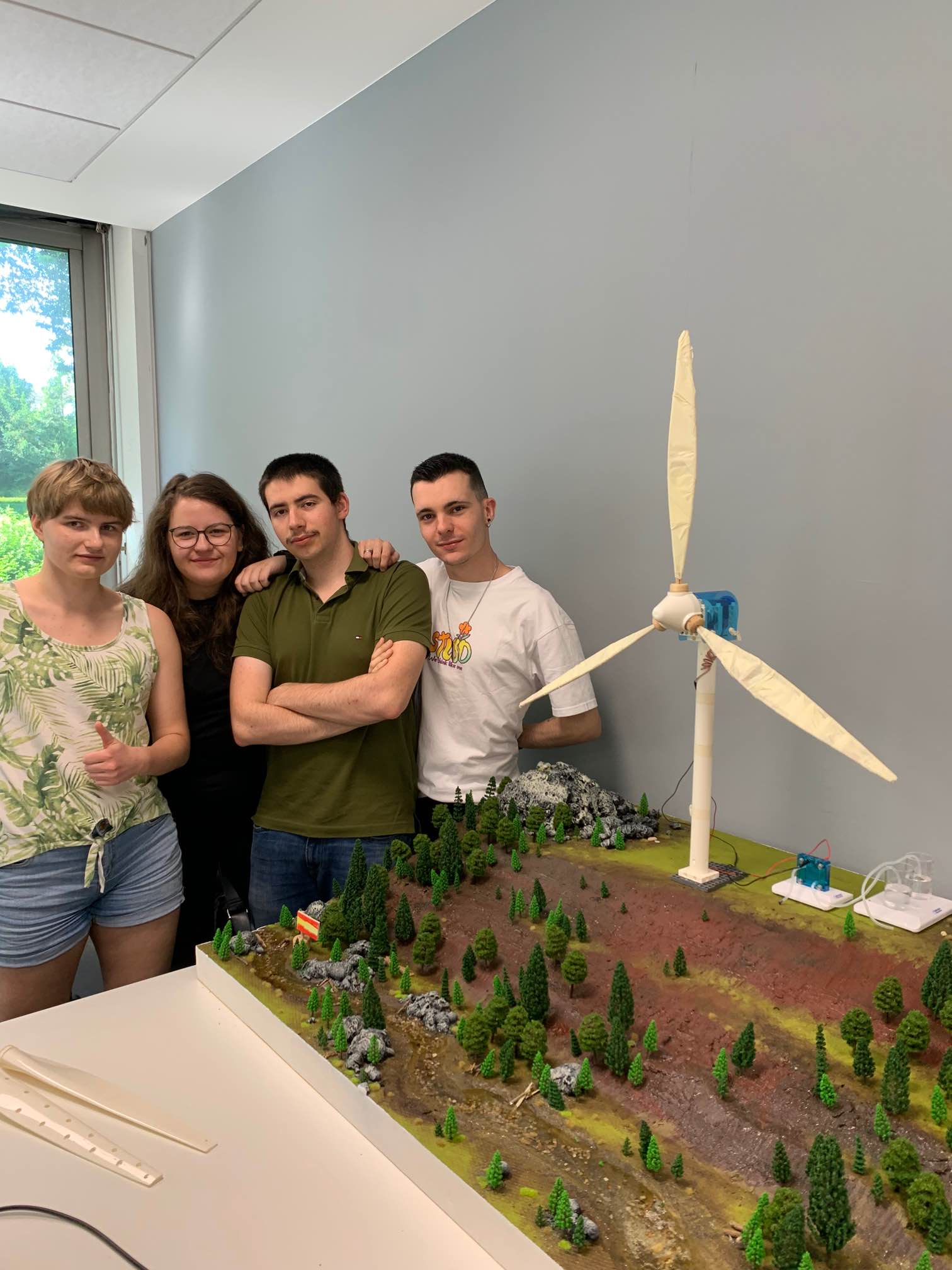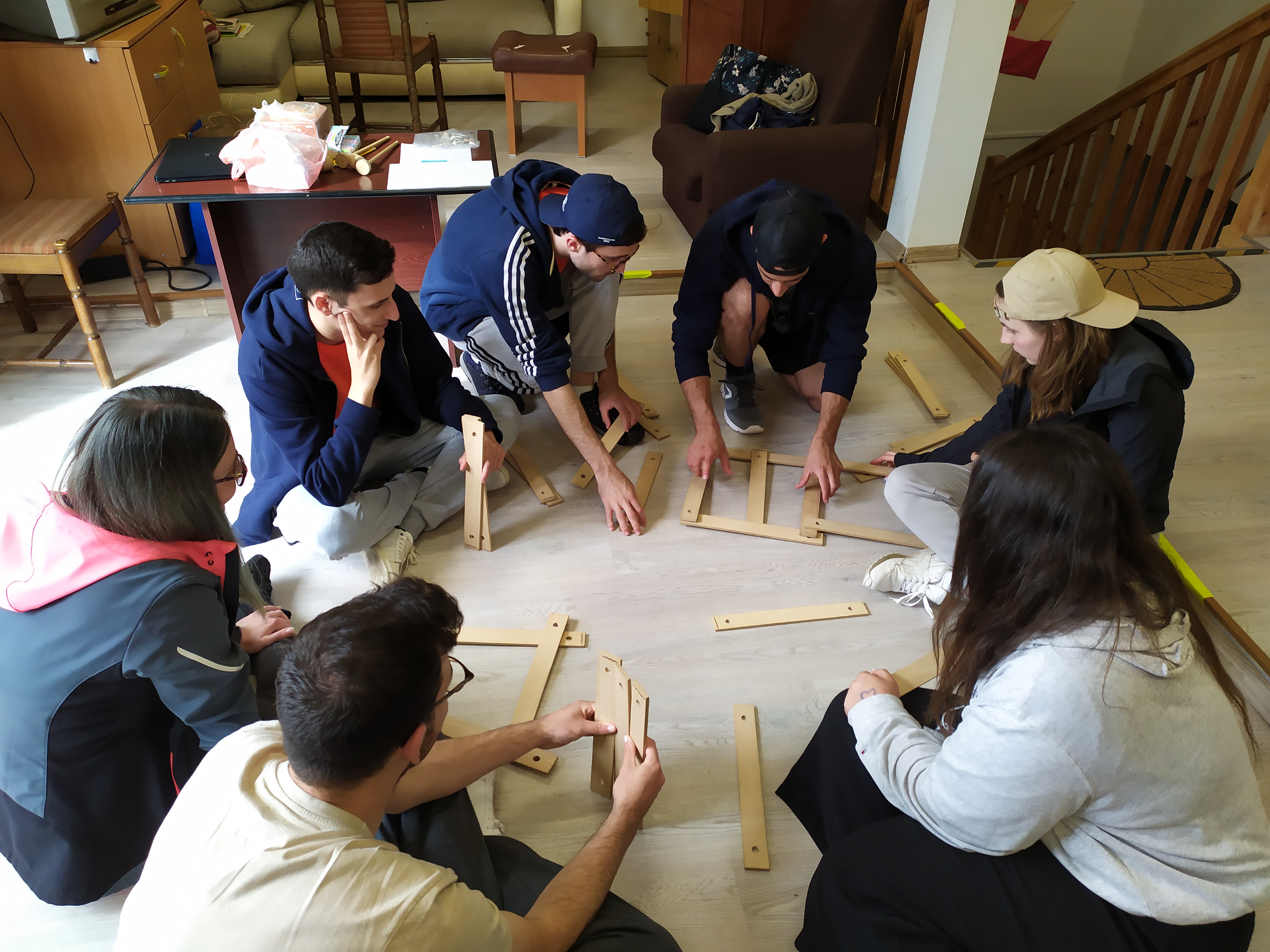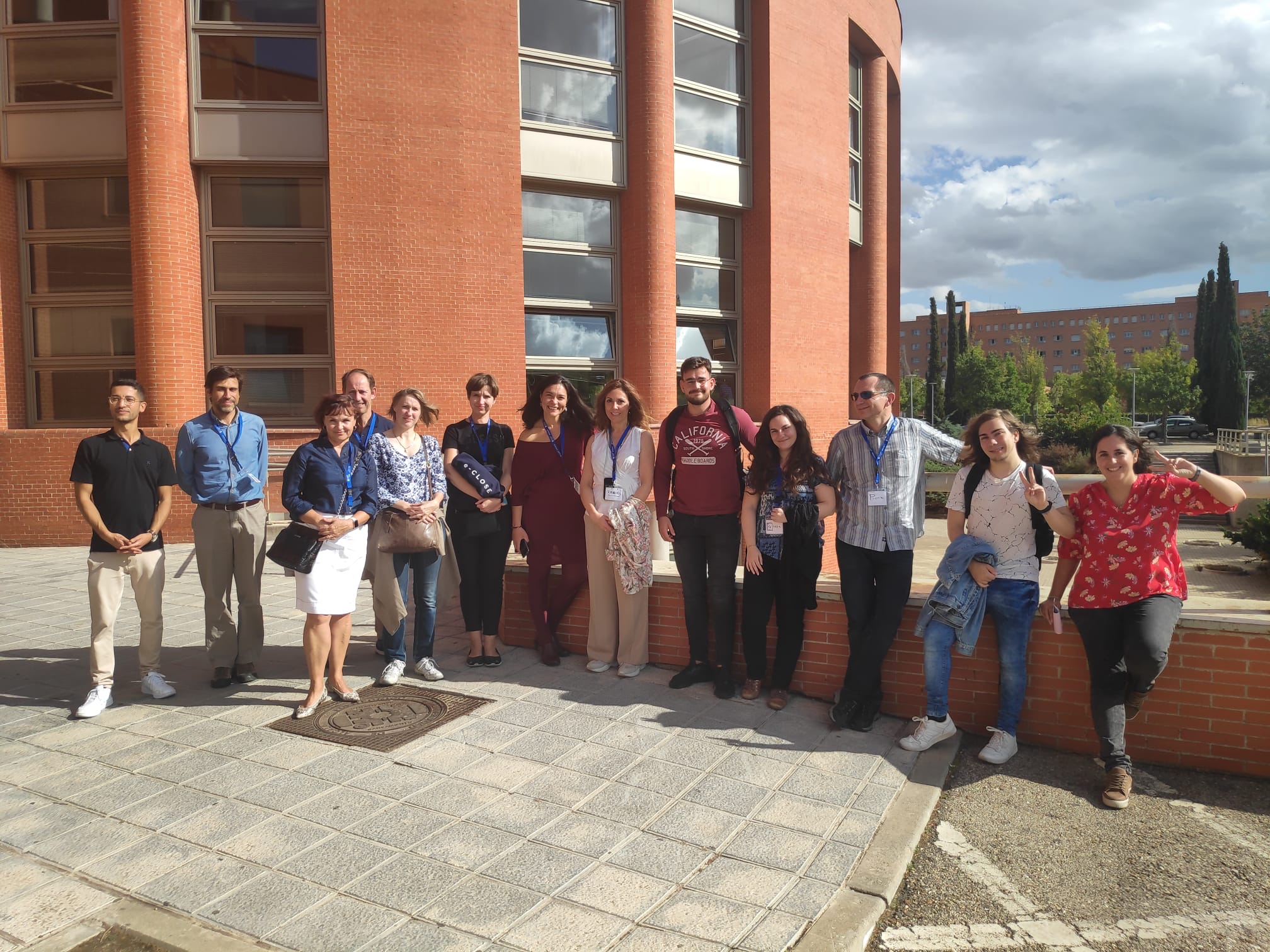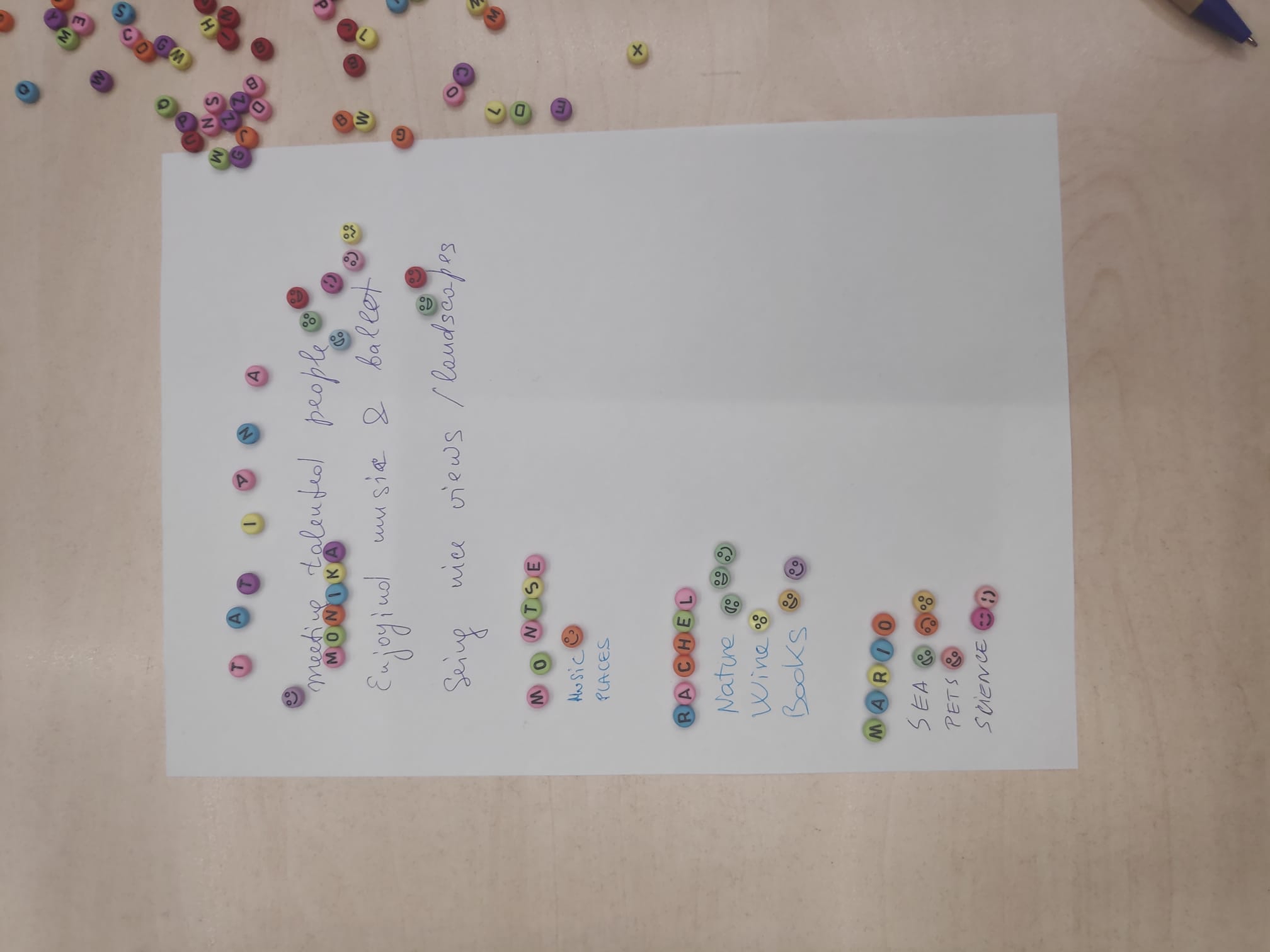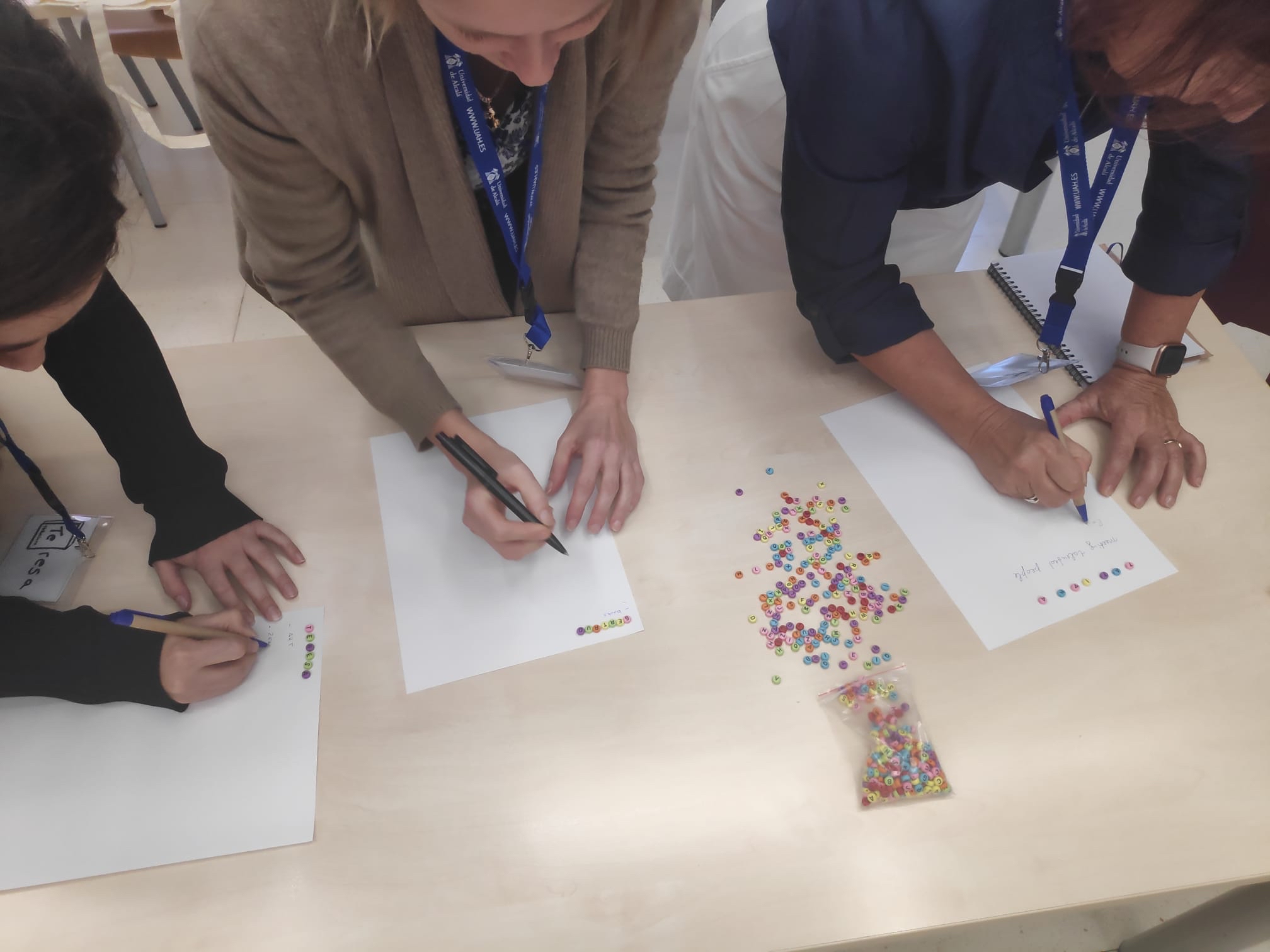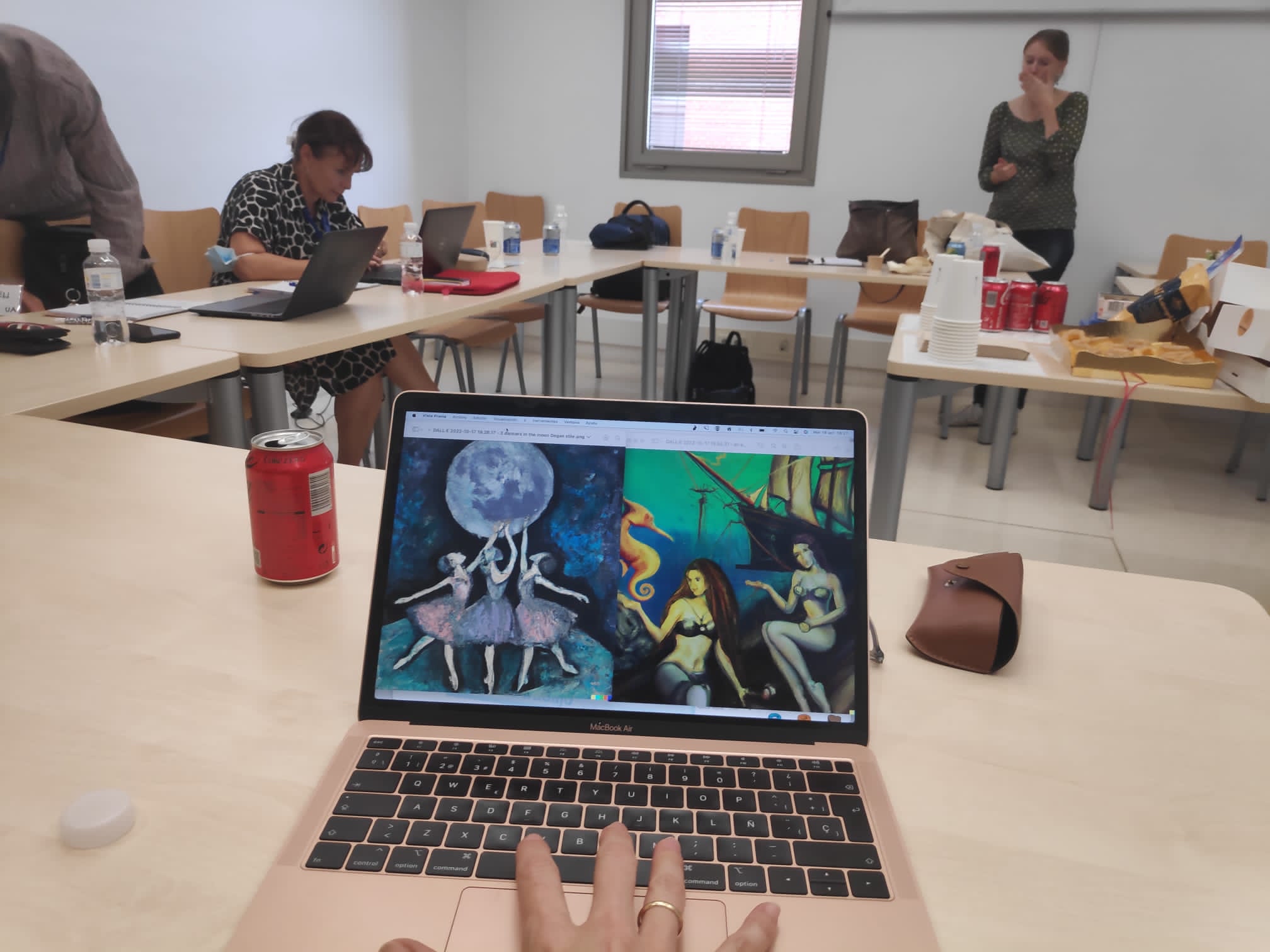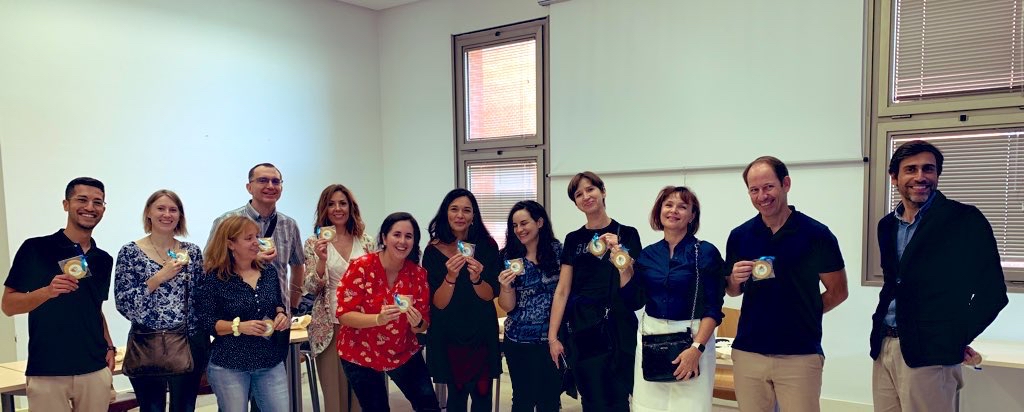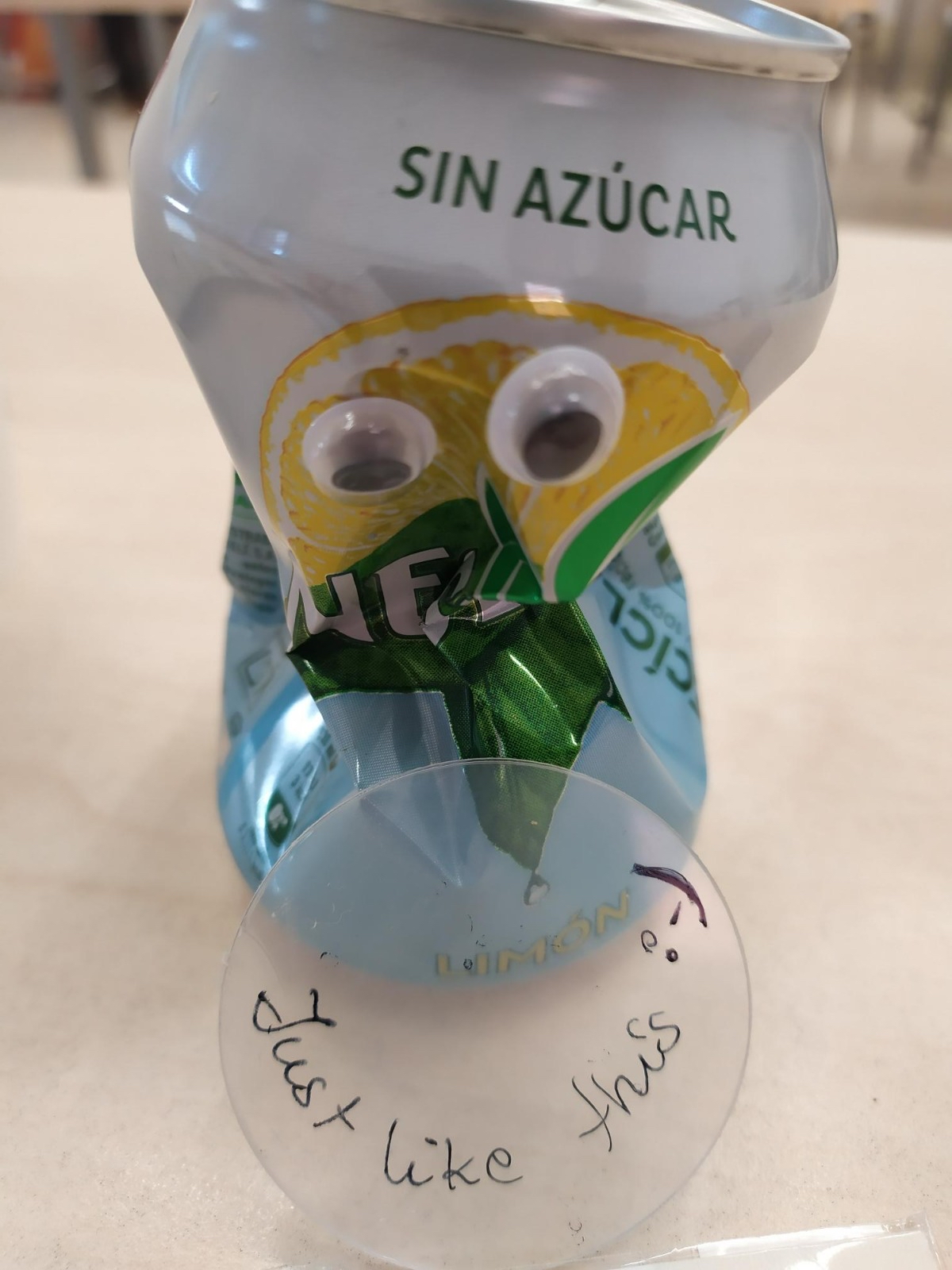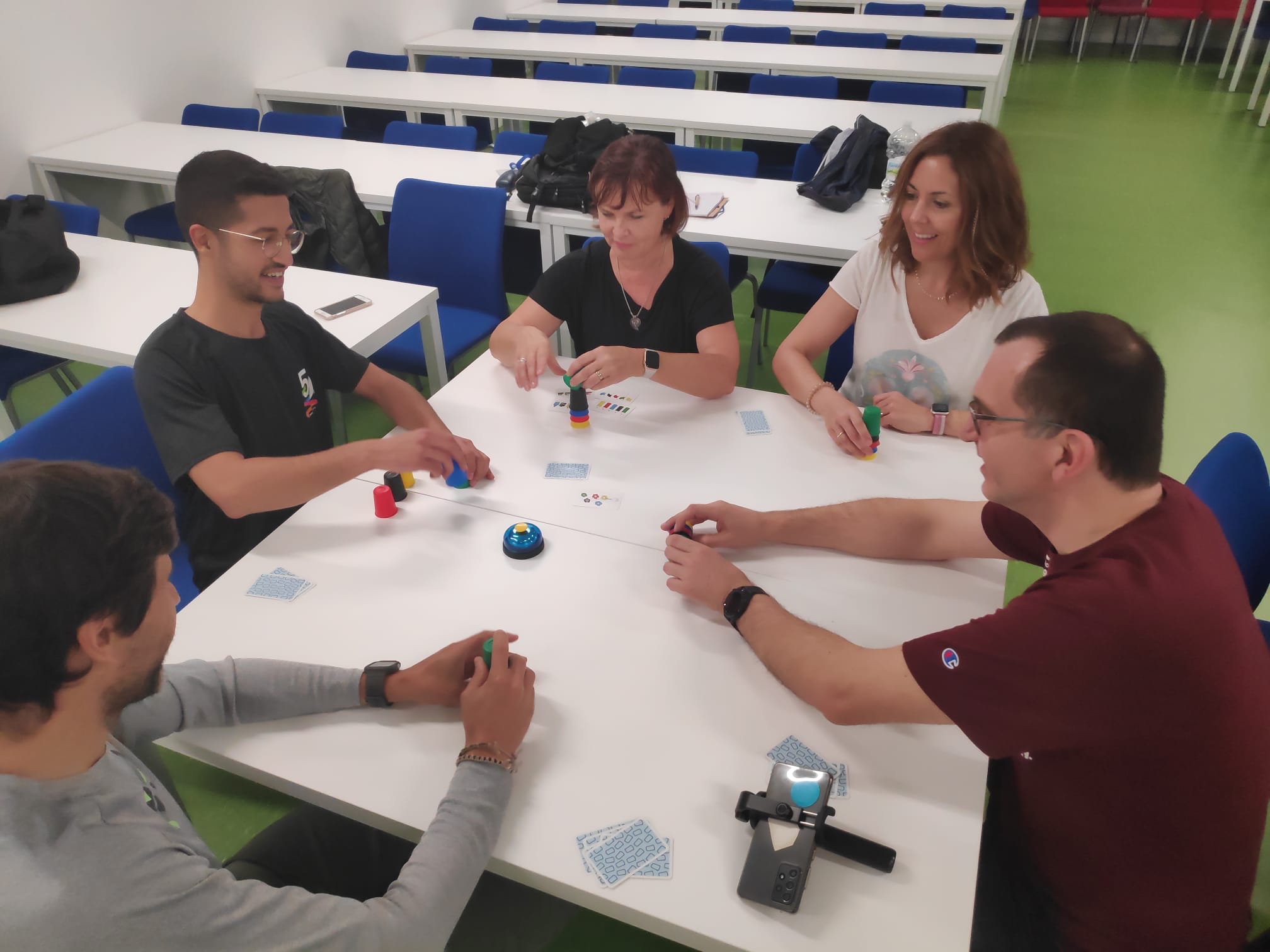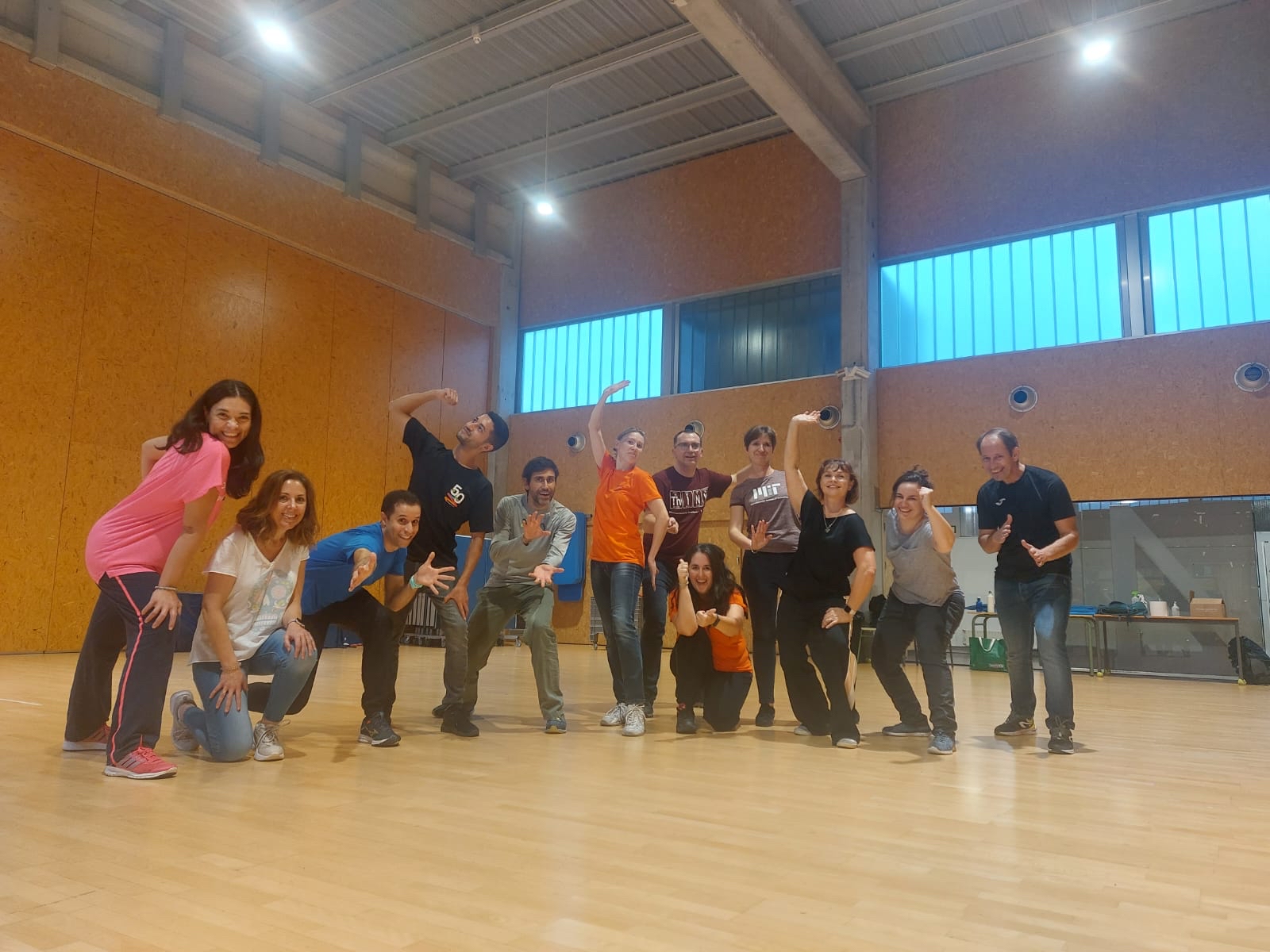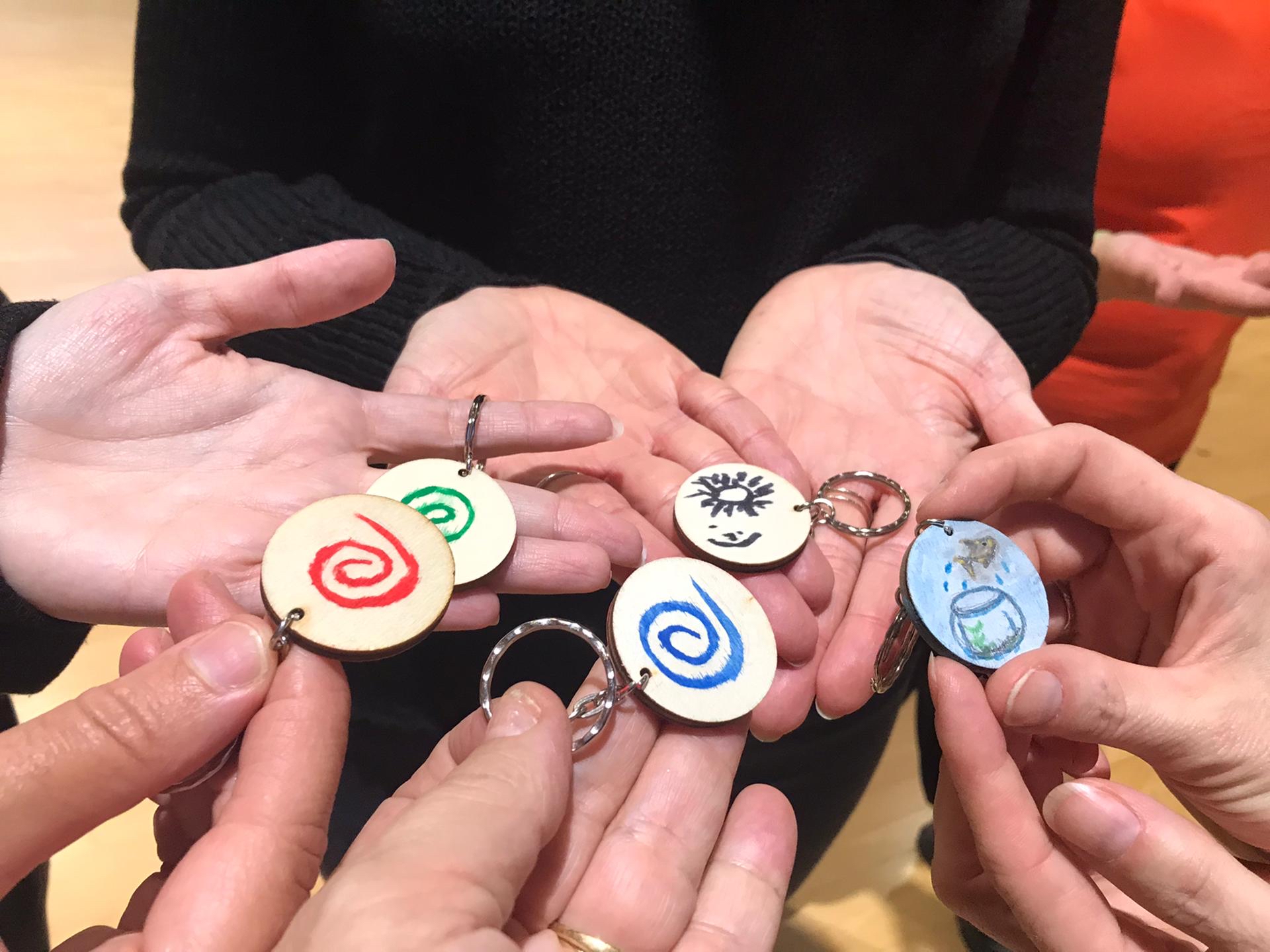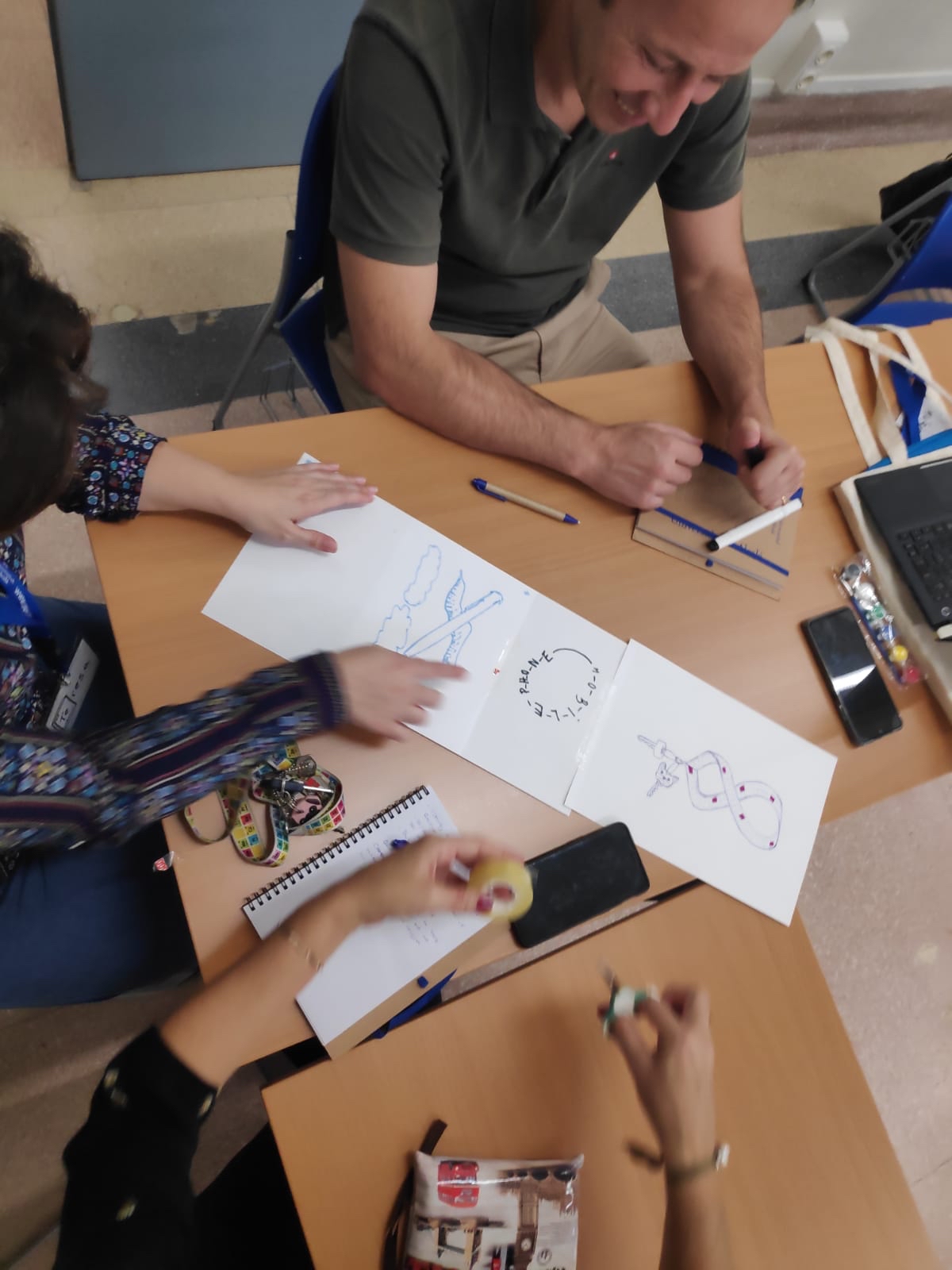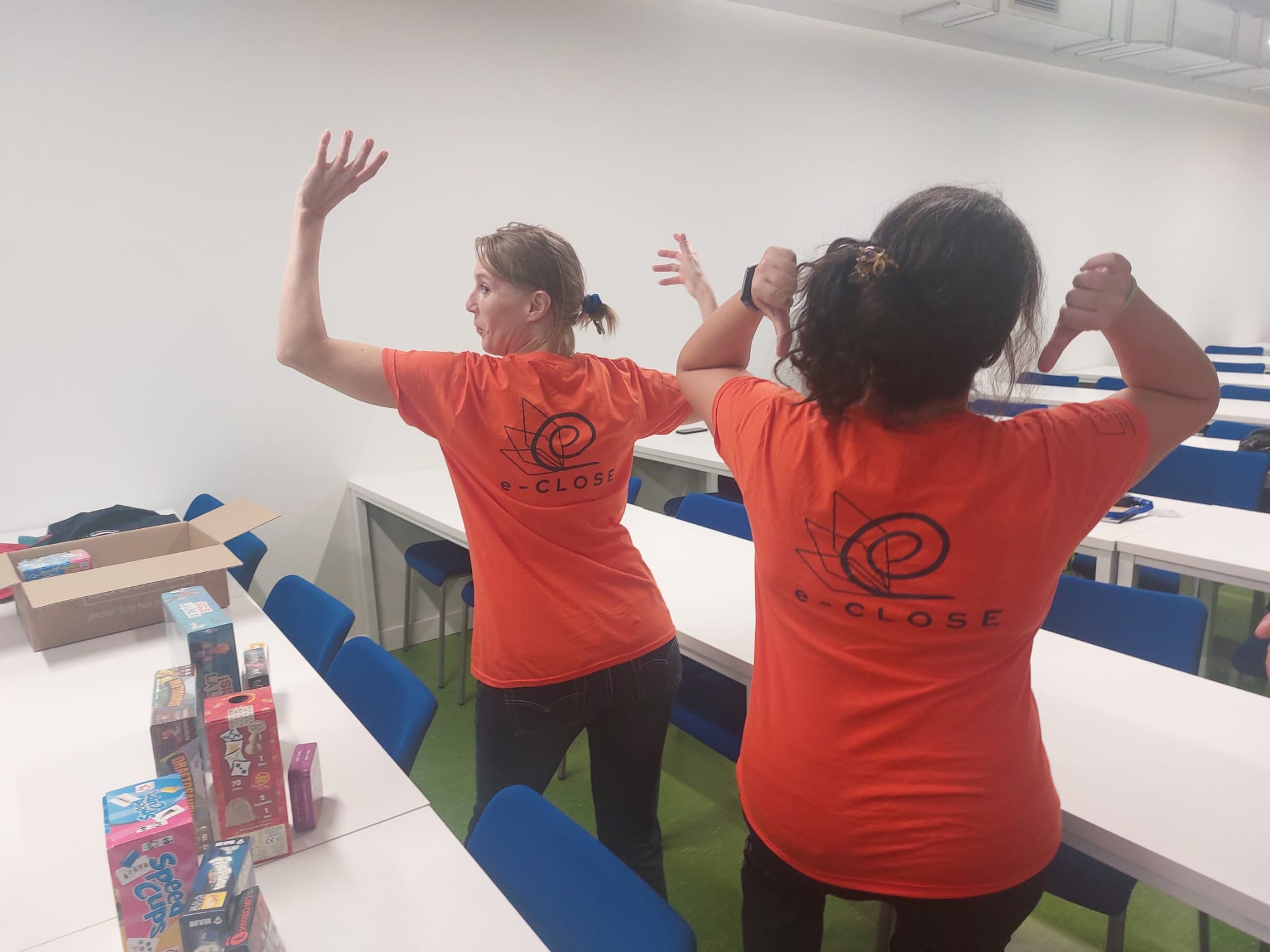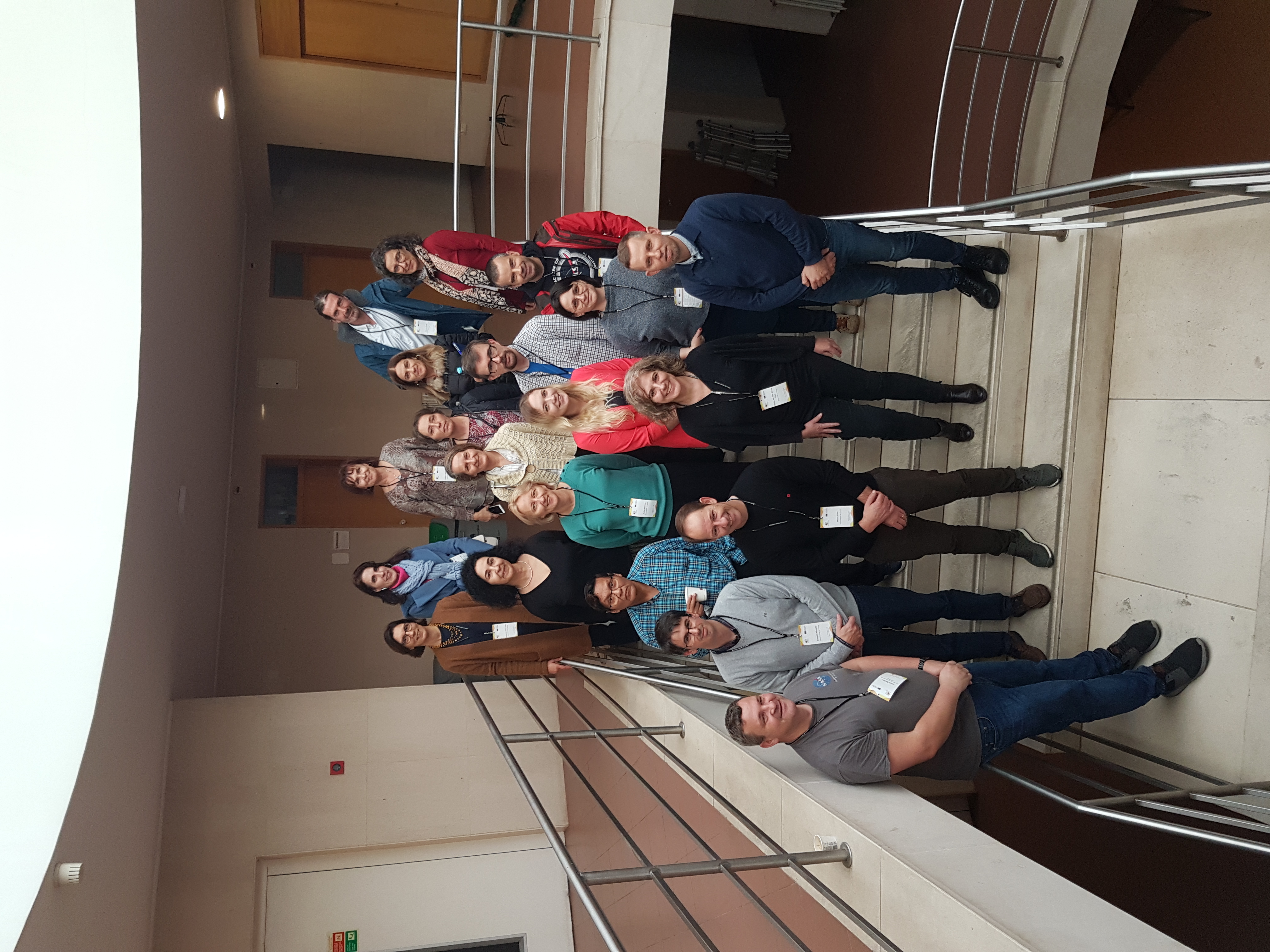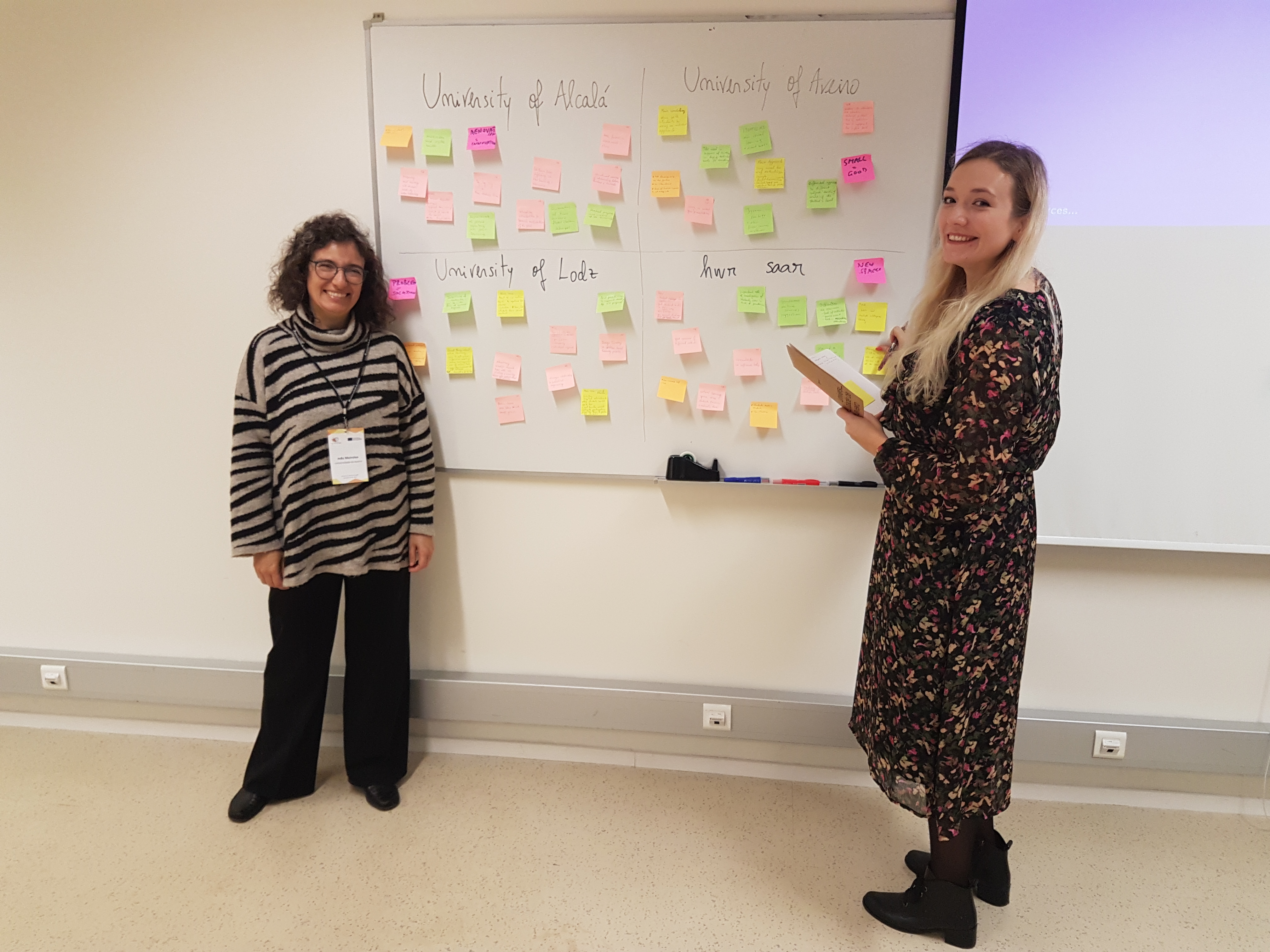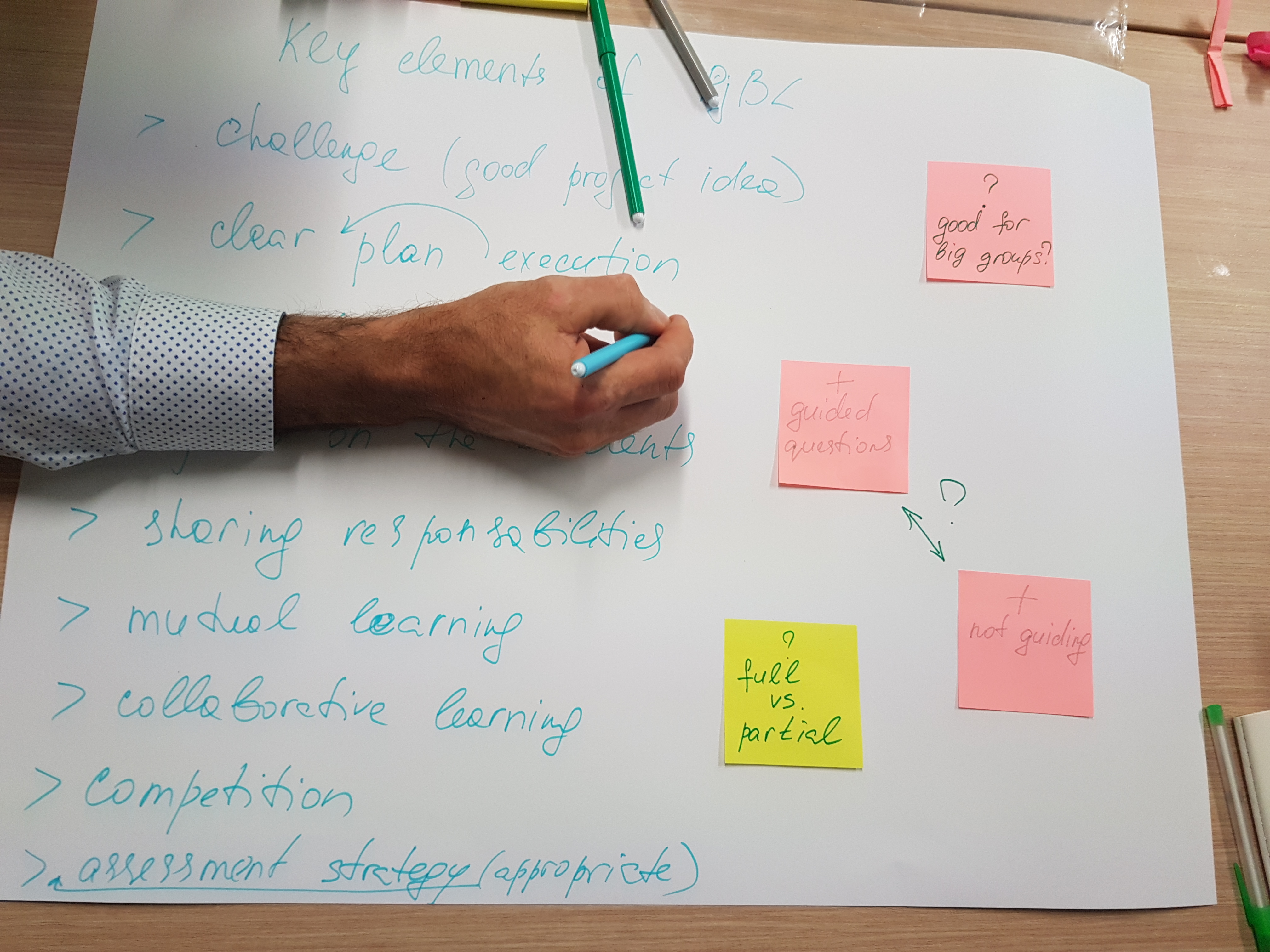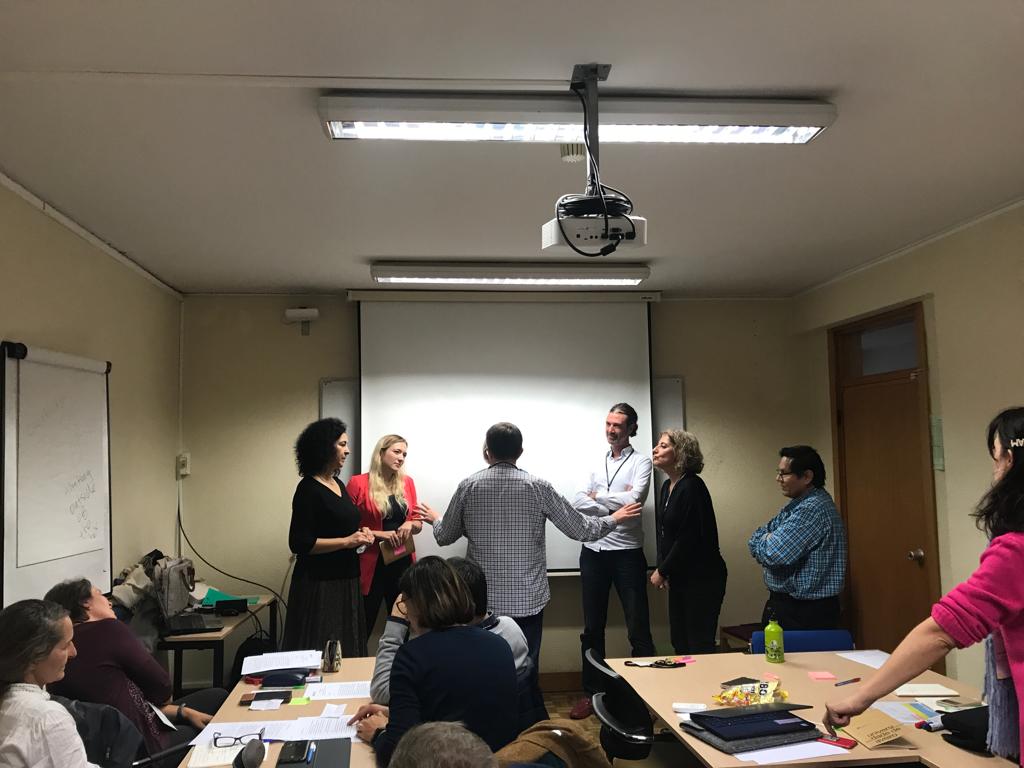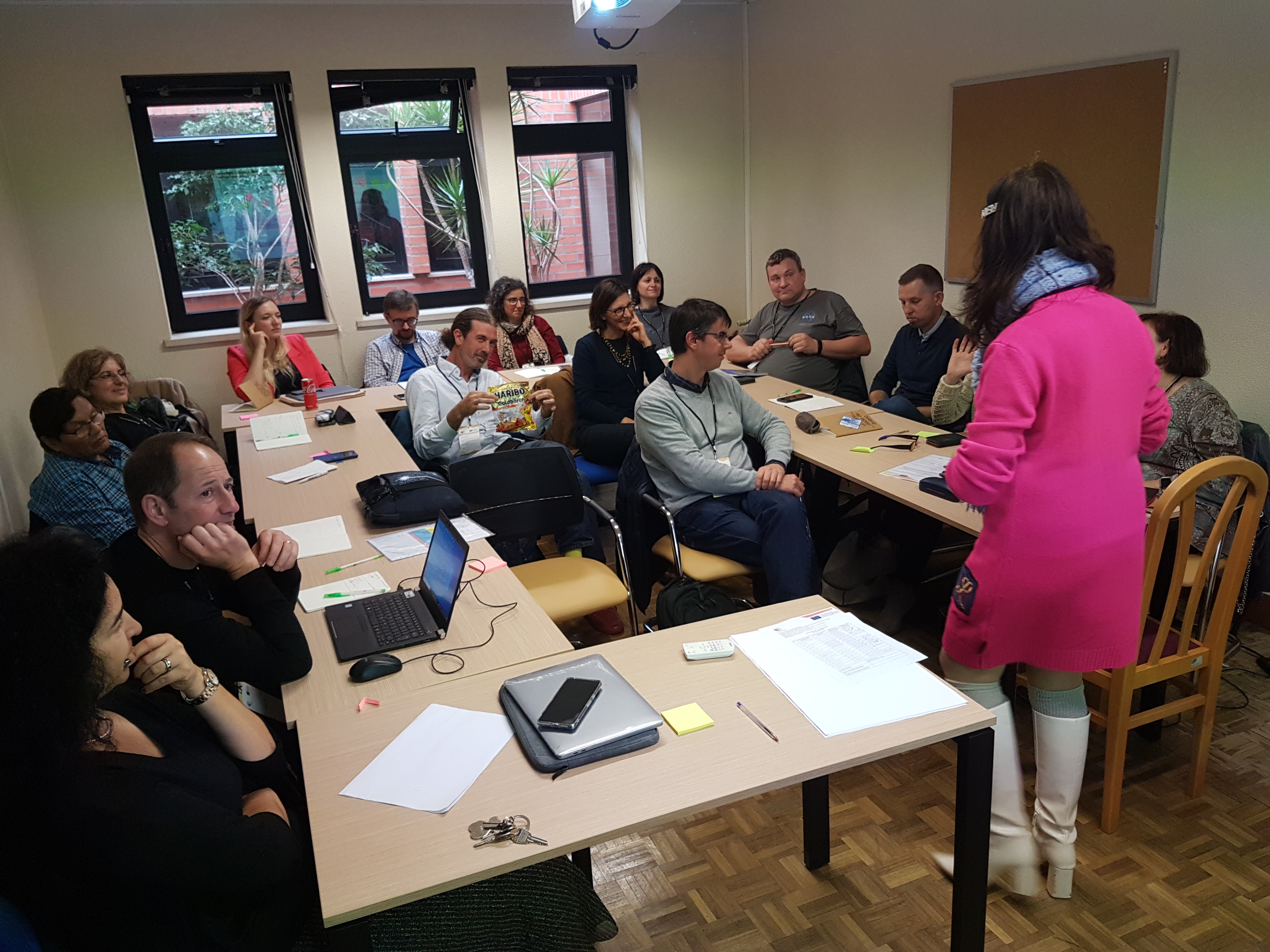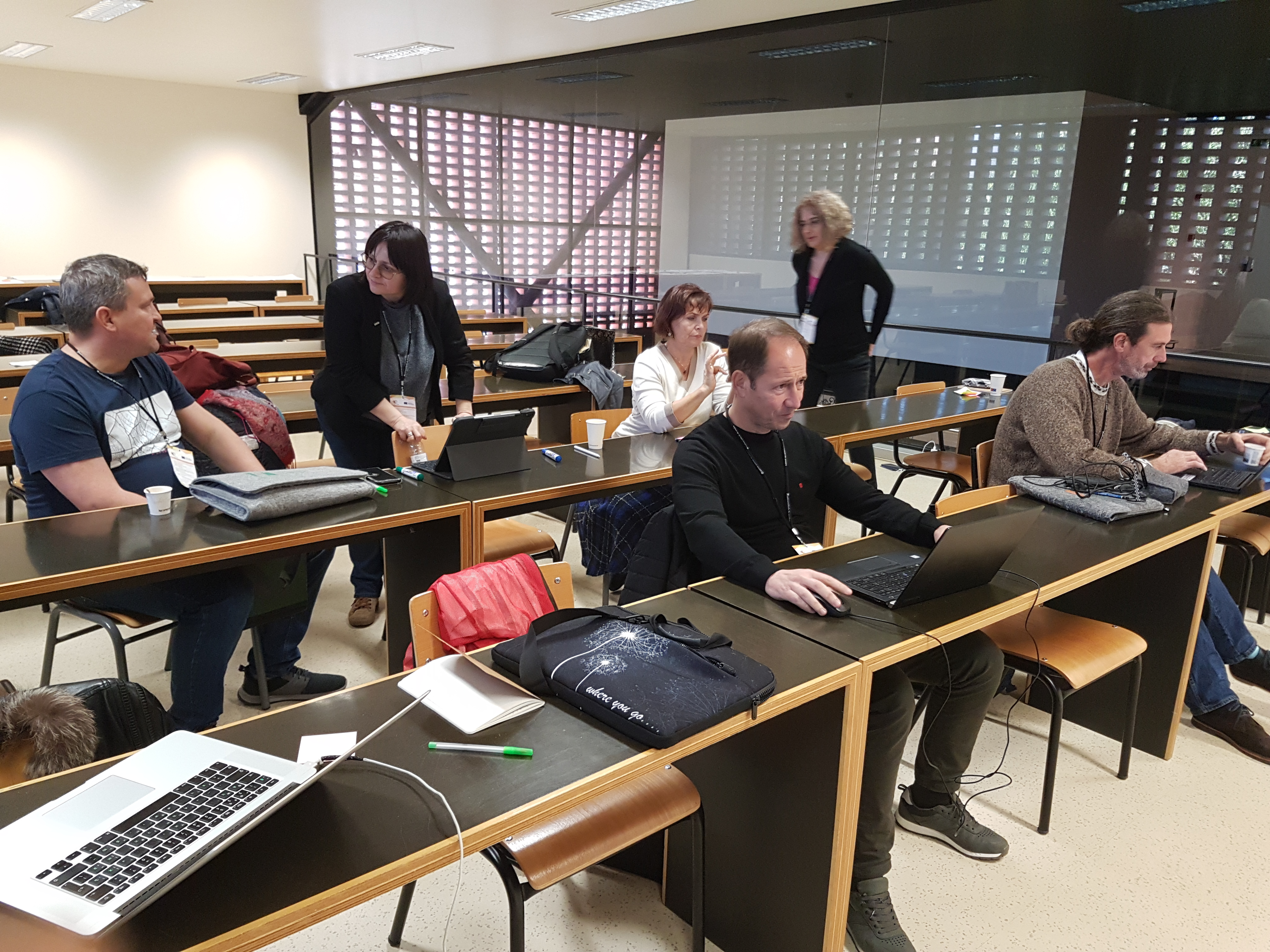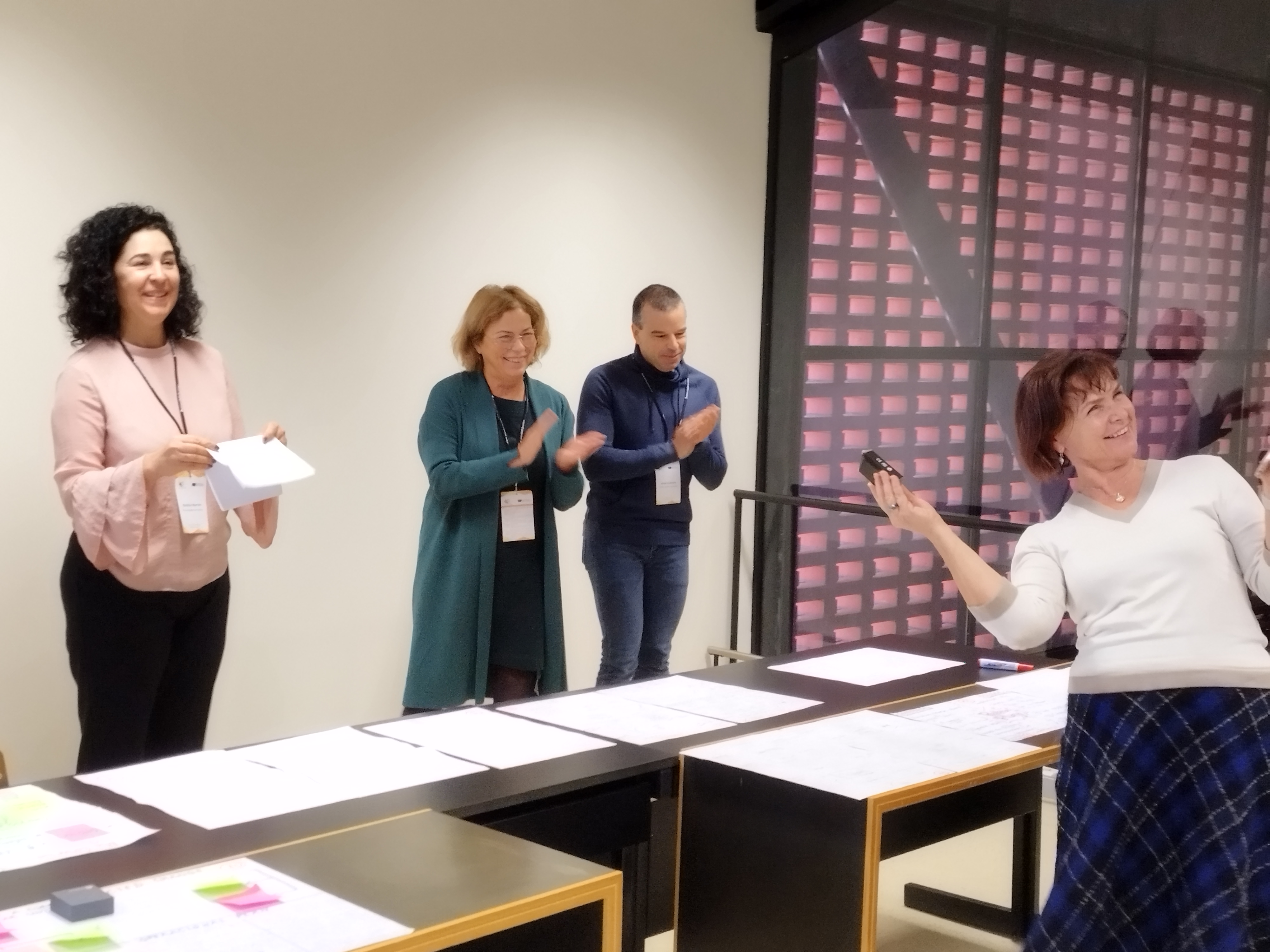About Eclose
The COVID-19 outbreak has had a significant impact on higher education all over the world. The real challenge of today is to consciously choose available collaboration tools and engagement methods to arouse student interest and provoke a response for a more efficient and effective communication and learning experience while away from a traditional classroom. To face that challenge, four universities involved in the project decided to join forces for the development, implementation and dissemination of innovative and comprehensive teaching and learning solutions, supported by advanced IT technologies and tools, to increase the level of student-teacher interaction during online education.

27th February 2023
Invitation to the e-Close Project Closing Conference
27th February 2023
HOW TO BRING STUDENTS CLOSER TO PROACTIVE TEACHERS AFTER COVID OUTBREAK
On the basis of the Project experience we will try to find the answer to the question How to bring students closer to proactive teachers after COVID outbreak.

The COVID-19 outbreak has had a significant impact on higher education all over the world. Universities had to rapidly transform their study programmes to be delivered online to keep student retention and maintain access to learning.dr inż. Dorota Piotrowska, prof. PŁ,
project Coordinator
Outputs
IO1 Methodology of Interactive Asynchronous and Synchronous Online STEM Education
The main objective of this intellectual output is to conduct research in the area of distance learning in particular the difference between conventional, traditional distance learning and what came into been as remote emergency teaching caused by the pandemic situation of COVID-19. Introductory investigation will be carried out in all partner universities with respect to implemented solutions followed by taking a broader look at what happened across university campuses worldwide. Special attention will be paid to 4 specific stages of the teaching and learning process- preparation, delivery, assessment, evaluation.
TASK 1 - Study of methods used in partner universities A dedicated research survey will be prepared to diagnose distance learning practices for individual partners to identify the use of ICT methods by partners. The survey will take into account the analysis of 4 stages of the learning process: preparation of classes, conducting classes, verification of learning outcomes and final evaluation of the quality of adopted distance learning techniques and methods.
TASK 2 - Reports of individual partner universities on the methods of asynchronous / synchronous learning
TASK 3 - Report - State of the Art Research on innovation in asynchronous and synchronous distance learning will identify the most modern and innovative activities in this area.
Reports
IO2 Distance Teaching Toolbox for Educators
The aim of this IO is to diagnose needs and tools to support effective education using remote methods and techniques. This IO will provide two main outcomes: firstly, it will provide comprehensive knowledge of possible teaching methods that stimulate interaction with students and make online learning very active rather than passive, and secondly, it will sketch the main challenges and innovation initatives required to match the current needs for active online learning, based on the state of the art.
TASK 1 – Teacher guide This task will prepare a teacher guide in three steps: current needs will be analyzed, a search on tools and resources will be produced, trying to match those needs, and future challenges and missing tools will be sketched to provide a specific path to follow for future innovation in teaching.
TASK 2 – Toolbox database This task will be focused on the development of a database of active learning methods and techniques used in synchronous/asynchronous education.
TASK 3 – “Survival Kit” As a complement to the guide and toolbox, this task will design an online teaching survival kit or rescue kit, containing possible ideas and tricks to increase the attractiveness of classes and allow interesting interaction with students in case of technological limitations.
Distance Teaching Toolbox for Educators
The aim of this IO is to comprehensively train teachers from partner universities on innovative and active methods. As part of the training, they will also learn about interesting methods for assessment of learning outcomes achieved through online learning.
IO3 Team developed engaging training content.
Four trainings for teachers:
• Training on Visual content
• Training on Active teaching methods
• Training on Micro Credentials Badges + Assessment
Training on Smart Gamification + Reversed online training
are available in 5 languages:
IO4 Smart Gamification Based On Multiple Intelligence Theory
Gamification is a didactic process that increases student’s motivation. Analyzing level of students’ engagement during stationary and on-line classes and comparing it with classes conducted with elements of gamification one can observe that students are enthusiastic about gamification. To cater for the needs of different groups of students a customized approach seems to be the key. Students can go on visual, audio missions. Activity types in every mission will be adapted according to Gardener’s Classification on Intelligence types. Howard Gardner proposed eight abilities that manifest multiple intelligences: Musical-rhythmic and harmonic ( MUSIC SMART), Visual-spatial ( PICTURE SMART), Verbal-linguistic (WORD SMART), Logical-mathematical( NUMBER/REASONING SMART), Bodily-kinesthetic ( BODY SMART), Interpersonal ( PEOPLE SMART), Intrapersonal ( SELF SMART), Naturalistic (NATURE SMART), Existential ( LIFE SMART)
TASK 1 - Description of badges within sustainable education- 21st century skills. Each badge needs to be designed in details including: badge name, description, criteria, image, Issuer, Issue date, recipient, tags, allignement, evidence.
TASK 2 – Design of dedicated resources based on Moodle for the application process of badge granting (building a portfolio, solving the tasks necessary to obtain a badge, online verification of soft competences by teachers), to be developed for independent software.
TASK 3 – Training for students on applying for digital badges.
TASK 4 - Conducting training for teachers and members of student councils on skills required for verification and the award of digital badges.
TASK 5- 21st century skills SURVIVAL CAMP for students The whole idea of digital badges comes from scouting. To give them a feel of what the whole idea is about and how it is going to work, students from partner universities will be invited to one week camp simulating scout-like activities.
In order to summarise and disseminate results of the project in partner institutions and beyond this Output will concentrate in preparation of a set of comprehensive but also concise recommendations which should be useful for different defined target groups.
TASK 1 - collecting of all results and outputs/products elaborated in the framework of the project and grouping them according to adopted categories.
TASK 2 – elaboration of a list and description of main results of the project.
TASK 3 – elaboration of a list and description of products/documents.
TASK 4 – elaboration of a list and description of best practices examples.
TASK 5 – elaboration of a list of recommendations for different categories of readers.




